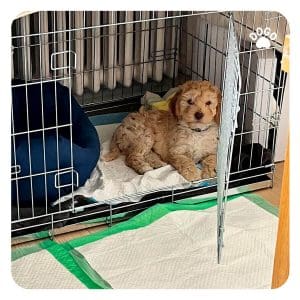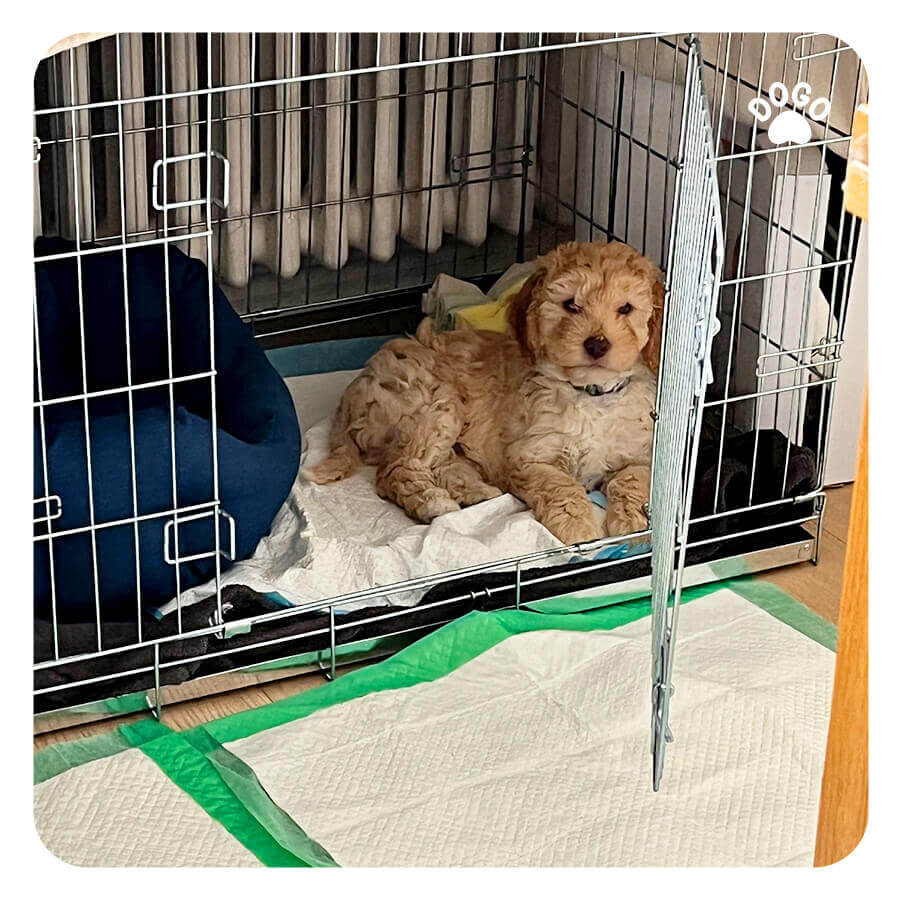 Potty training a puppy can be a challenging but rewarding process. It’s an essential part of helping your new furry friend adjust to life in your home. While it requires patience and consistency, with the right approach, you can successfully teach your puppy where and when to do their business. Here, we’ll explore some effective methods and tips for potty training your puppy to make the process as smooth as possible for both you and your new companion.
Potty training a puppy can be a challenging but rewarding process. It’s an essential part of helping your new furry friend adjust to life in your home. While it requires patience and consistency, with the right approach, you can successfully teach your puppy where and when to do their business. Here, we’ll explore some effective methods and tips for potty training your puppy to make the process as smooth as possible for both you and your new companion.
Understanding Your Puppy’s Needs
First and foremost, it’s crucial to understand that puppies have small bladders and limited control over their bodily functions. Just like human infants, they need to relieve themselves frequently, especially after eating, drinking, playing, or waking up from a nap. At a young age, they may not be able to hold it for very long. Keeping this in mind is important as you start the potty training process.
Establishing a Routine
Establishing a consistent routine is key to successful potty training. Dogs thrive on predictability, and having a set schedule for feeding, playtime, and bathroom breaks helps your puppy learn when it’s time to go outside. When you consistently take your puppy out at the same times each day, they begin to associate those times with the opportunity to relieve themselves.
Using Positive Reinforcement
Positive reinforcement is a powerful tool in potty training. When your puppy eliminates in the appropriate spot, be sure to praise them enthusiastically and offer a small treat as a reward. This helps them understand that going potty outside is a good thing. Conversely, avoid scolding or punishing your puppy for accidents indoors. Instead, focus on reinforcing good behavior and being patient as they learn.
Supervising Your Puppy
Close supervision is essential during the potty training process. When indoors, keep a close eye on your puppy and watch for signs that they need to go, such as sniffing, circling, or suddenly stopping play. If you can’t keep a constant watch on your puppy, consider confining them to a small, puppy-proofed area or using a crate when you can’t supervise. This helps prevent accidents and teaches them to hold it until they can go outside.
Accidents Happen
It’s important to remember that accidents are a natural part of the learning process. Your puppy won’t become fully potty trained overnight, and there will be mishaps along the way. If you catch your puppy in the act of having an accident indoors, interrupt them calmly and take them outside to finish. Clean up any accidents with an enzymatic cleaner to remove the scent and discourage repeat accidents in the same spot.
Consistency is Key
Consistency is perhaps the most important aspect of potty training. Stick to your routine, be patient, and remain consistent in your methods. It may take several weeks or even a few months for your puppy to become fully reliable in their potty habits. By staying patient and maintaining a consistent approach, you’ll set your puppy up for success and strengthen your bond along the way.
In conclusion, potty training a puppy requires patience, understanding, and consistency. By establishing a routine, using positive reinforcement, closely supervising your puppy, and maintaining a forgiving attitude toward accidents, you can help your new companion learn where and when to go potty. Remember, every puppy is different, and the process may take time, but with dedication and care, you can successfully potty train your puppy and enjoy a happy, well-adjusted pet for years to come.
[/fusion_text]



